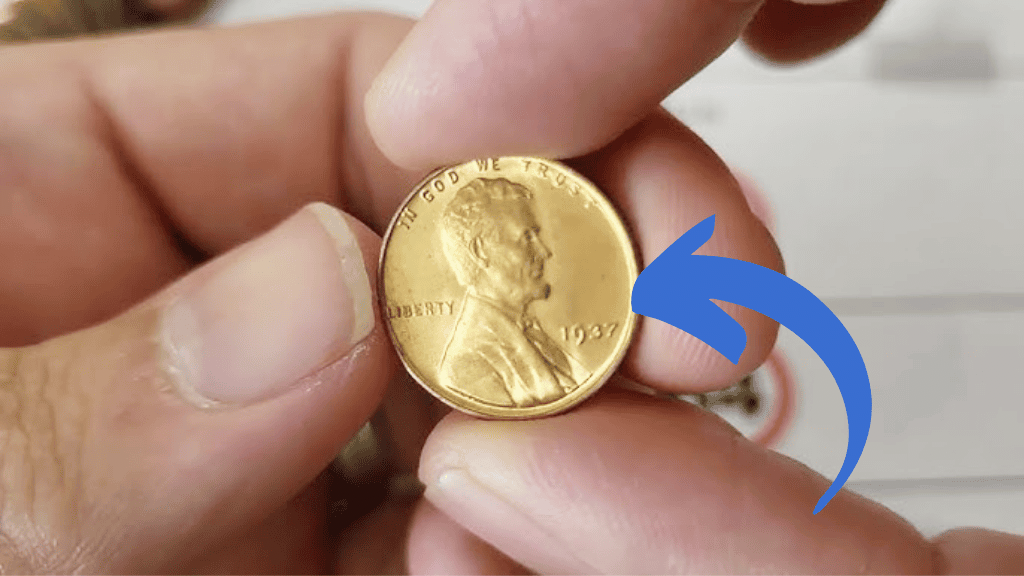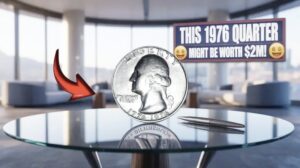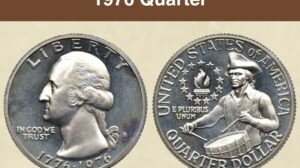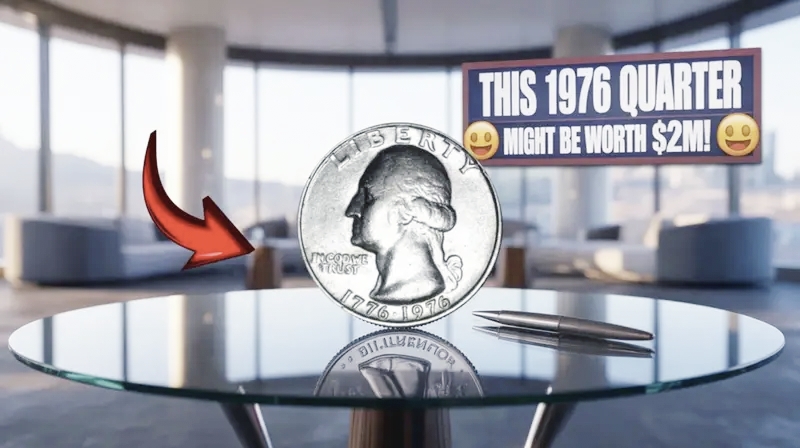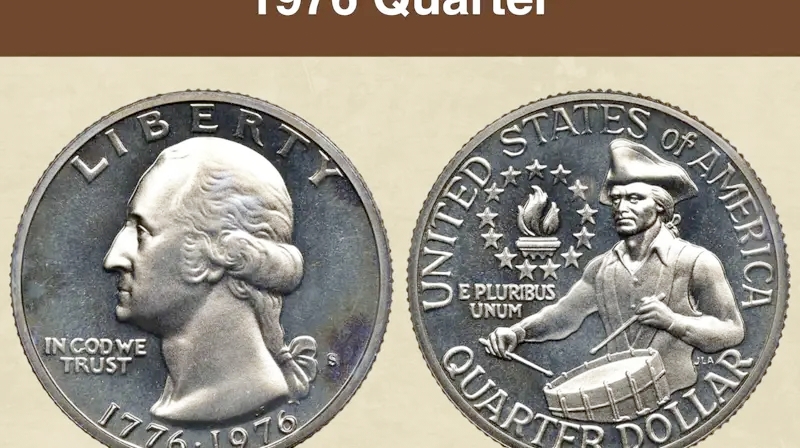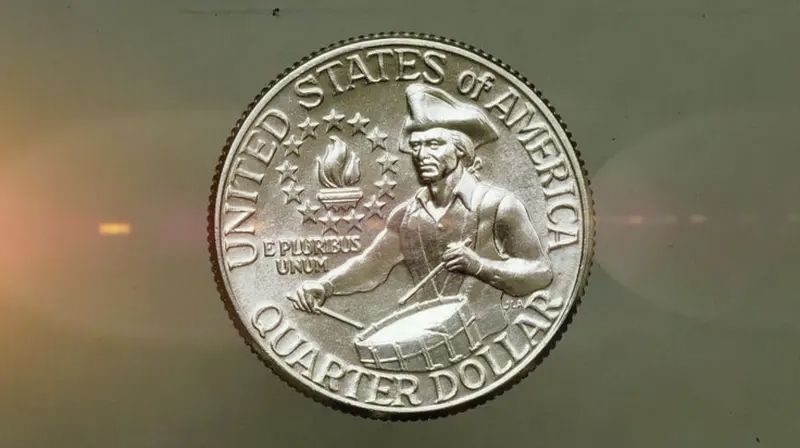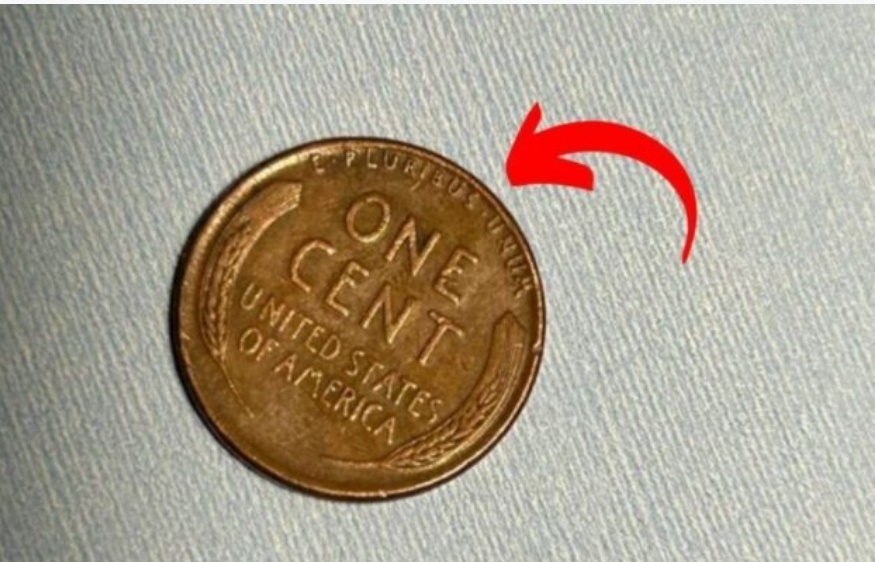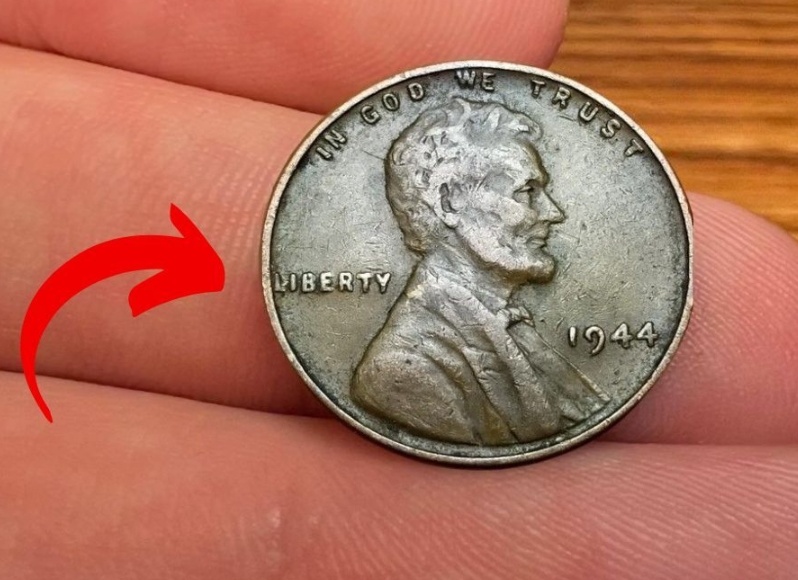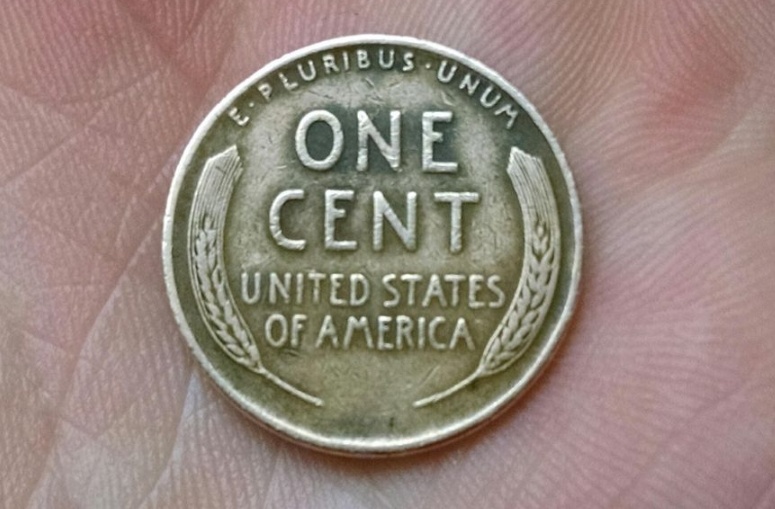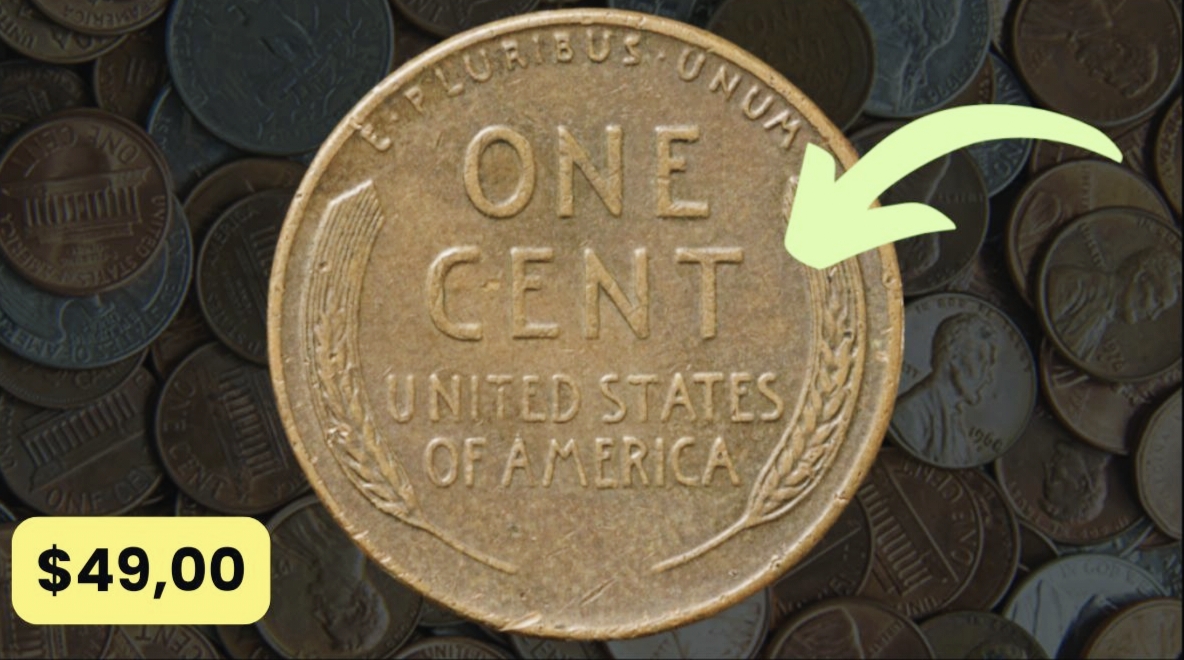Imagine finding a penny in your pocket change worth more than a luxury mansion. Sounds like a dream, right? Well, for collectors and coin enthusiasts, the Lincoln Wheat Penny has sparked such fantasies, with rumors swirling about a rare version valued at an astonishing $135 million. But is this coin really out there, hiding in circulation, waiting to be discovered? Let’s dive into the fascinating world of the Lincoln Wheat Penny, uncover its history, and explore whether this jaw-dropping valuation holds up.
What Is the Lincoln Wheat Penny?
The Lincoln Wheat Penny, first minted in 1909, was a groundbreaking coin. It was the first U.S. coin to feature a president’s likeness—Abraham Lincoln—designed by Victor David Brenner to honor the 16th president’s 100th birthday. The reverse side, adorned with two wheat stalks, gave the coin its iconic “Wheat Penny” name, used until 1958 when the design changed to the Lincoln Memorial.
These pennies were everyday currency, jingling in pockets across America for decades. But certain rare varieties, due to minting errors or limited production, have become holy grails for collectors. Could one of these be worth $135 million? Let’s find out.
The $135 Million Penny: Fact or Fiction?
The claim of a Lincoln Wheat Penny valued at $135 million has circulated widely, especially on social media and in sensational headlines. But here’s the catch: no credible evidence supports a Wheat Penny reaching this exact valuation. The figure seems to stem from exaggerated reports or misunderstandings about rare coins, particularly the 1943-D Bronze Lincoln Wheat Penny, one of the most valuable pennies ever.
In 2010, a 1943-D Bronze Wheat Penny sold for $1.7 million at auction, and its estimated value in uncirculated condition has been reported as high as $2.3 million. But $135 million? That’s a leap that lacks substantiation. Numismatic experts, like those at the Professional Coin Grading Service (PCGS), suggest such a figure is likely a myth or a misinterpretation of auction hype.
Why the Hype Around the 1943-D Bronze Penny?
During World War II, copper was scarce, so the U.S. Mint switched to zinc-coated steel for pennies in 1943. However, a few bronze planchets (coin blanks) from 1942 were accidentally used, creating a handful of bronze pennies. The 1943-D Bronze Wheat Penny, struck at the Denver Mint, is one of the rarest, with only one confirmed example known to exist.
This rarity fuels its value. As coin expert James Bucki explains, “The 1943 bronze Lincoln cent is described as the most famous error coin in American numismatics.” With only 15 to 20 known 1943 bronze pennies across all mints, their scarcity drives collector demand, but not to the tune of $135 million.
Other Valuable Lincoln Wheat Pennies
While the $135 million claim may be a stretch, several Lincoln Wheat Pennies are worth significant sums. Here’s a quick look at some of the most valuable:
1944-S Steel Wheat Penny
In 1944, the Mint transitioned back to copper, but a few steel planchets were mistakenly used. Only two 1944-S Steel Wheat Pennies are known, with one selling for $1.1 million.
1969-S Doubled Die Obverse
This penny features a noticeable doubling in the words “LIBERTY” and “IN GOD WE TRUST” due to a minting error. A high-grade example can fetch up to $100,000.
1955 Doubled Die Obverse
Another error coin, the 1955 Doubled Die Penny shows clear doubling in the date and lettering. These can sell for $20,000 to $50,000 in top condition.
Table: Valuable Lincoln Wheat Pennies
| Year/Mint | Error Type | Estimated Value | Rarity |
|---|---|---|---|
| 1943-D Bronze | Bronze Planchet Error | $1.7M – $2.3M | 1 known (Denver Mint) |
| 1944-S Steel | Steel Planchet Error | Up to $1.1M | 2 known (San Francisco Mint) |
| 1969-S Doubled Die | Doubled Die Obverse | Up to $100,000 | Rare, but more common than 1943 |
| 1955 Doubled Die | Doubled Die Obverse | $20,000 – $50,000 | Limited, collectible |
Could These Pennies Still Be in Circulation?
The idea of finding a million-dollar penny in your change is thrilling, but the odds are slim. Most high-value Wheat Pennies, like the 1943-D Bronze, were identified by collectors decades ago. However, stories like that of Don Lutes Jr., who found a 1943 bronze penny in his change as a teenager in 1947, keep the dream alive. His coin, discovered in a school cafeteria, sold for $186,000 in 2018.
Coin dealers and experts, like those at Heritage Auctions, note that while it’s unlikely, it’s not impossible for a rare penny to remain in circulation. People often overlook old coins in jars or piggy banks. Checking your change for specific years—1943, 1944, 1955, or 1969—could lead to a surprising find.
Tips for Spotting a Valuable Penny
- Check the Date and Mint Mark: Look for 1943, 1944, 1955, or 1969 pennies. Mint marks (D for Denver, S for San Francisco) are key.
- Test with a Magnet: A 1943 bronze penny won’t stick to a magnet, unlike the common steel versions.
- Look for Errors: Doubling in text or unusual metal color can indicate a valuable error coin.
- Consult a Professional: If you suspect you have a rare penny, take it to a coin dealer or grading service like PCGS or NGC.
The Allure of Coin Collecting: A Personal Story
I remember my grandfather’s coin collection—a dusty cigar box filled with pennies, nickels, and dimes he’d saved since the 1950s. He’d tell me stories about finding a 1943 steel penny in his change during the war, sparking my curiosity about coins. While he never found a bronze penny, the thrill of the hunt was real. That’s what draws collectors to the Lincoln Wheat Penny: the chance to hold history in your hand, maybe even a fortune.
Numismatist Q. David Bowers once said, “Every coin has a story.” The Wheat Penny’s story is one of wartime sacrifice, minting mishaps, and the enduring legacy of Abraham Lincoln. Even if the $135 million penny is a myth, the pursuit of these rare coins keeps collectors and dreamers engaged.
Why the $135 Million Rumor Persists
Sensational headlines and social media amplify rumors like the $135 million penny. A recent article on Times Now reported claims of a $2.3 million penny, which may have been inflated to grab attention. Misinformation spreads easily when people share without verifying, and the allure of a life-changing find fuels the hype.
Search engines like Google prioritize fresh, authoritative content, so blogs and news outlets sometimes exaggerate to rank higher. But as collectors know, real value lies in verified rarity, condition, and provenance—not clickbait.
How to Avoid Falling for Coin Scams
With valuable pennies in the news, scammers may try to sell fakes. Here’s how to protect yourself:
- Verify Authenticity: Use grading services like PCGS or NGC to authenticate coins.
- Beware of Counterfeits: Some 1943 bronze pennies are steel coins coated with copper. A magnet test can help.
- Research Sellers: Buy from reputable dealers or auction houses with a track record.
- Check Auction Records: Sites like Heritage Auctions provide data on past sales to gauge realistic values.
FAQs About the Lincoln Wheat Penny
What makes the 1943-D Bronze Penny so valuable?
The 1943-D Bronze Penny is valuable due to its extreme rarity. Only one is known to exist, created by a minting error when a bronze planchet was used instead of steel during World War II.
Are Lincoln Wheat Pennies still in circulation?
Yes, some Wheat Pennies are still in circulation, especially common ones from the 1940s and 1950s. However, rare error coins like the 1943 bronze are unlikely to be found in everyday change.
How can I tell if my penny is valuable?
Check the date, mint mark, and condition. Look for errors like doubling or unusual metal (e.g., bronze for 1943). Consult a professional coin dealer for an evaluation.
Where can I sell a rare penny?
Reputable auction houses like Heritage Auctions or coin dealers certified by PCGS or NGC are good options. Avoid unverified online marketplaces to prevent scams.
Is the $135 million penny real?
No, there’s no evidence of a Lincoln Wheat Penny valued at $135 million. The figure likely stems from exaggerated reports about coins like the 1943-D Bronze Penny, worth up to $2.3 million.
The Bottom Line
The Lincoln Wheat Penny, with its rich history and rare variants, continues to captivate collectors and dreamers. While the $135 million valuation appears to be a myth, coins like the 1943-D Bronze Penny, valued at up to $2.3 million, prove that pocket change can hold incredible value. Whether you’re a seasoned numismatist or just curious, checking your change for a Wheat Penny could spark a thrilling treasure hunt.
So, next time you find a penny, take a closer look. It might not be worth $135 million, but it could still tell a story—or even make you a small fortune.

